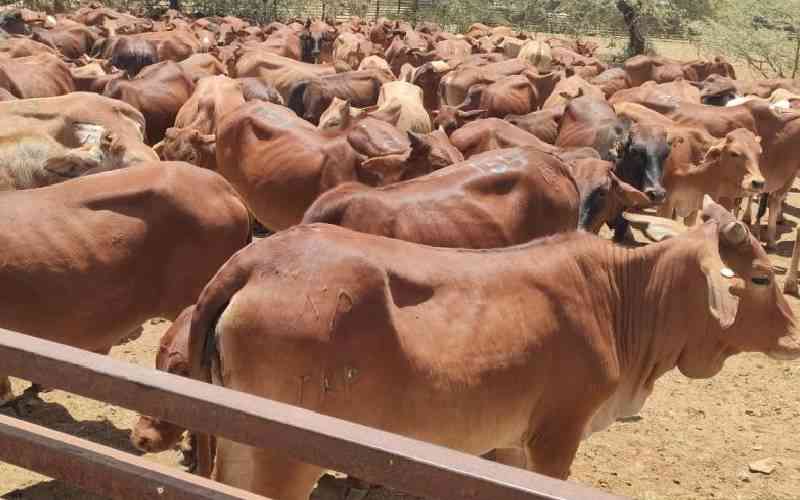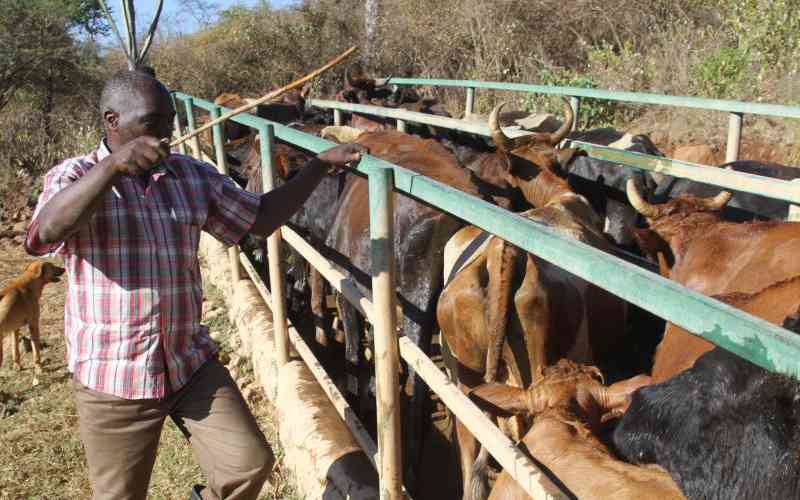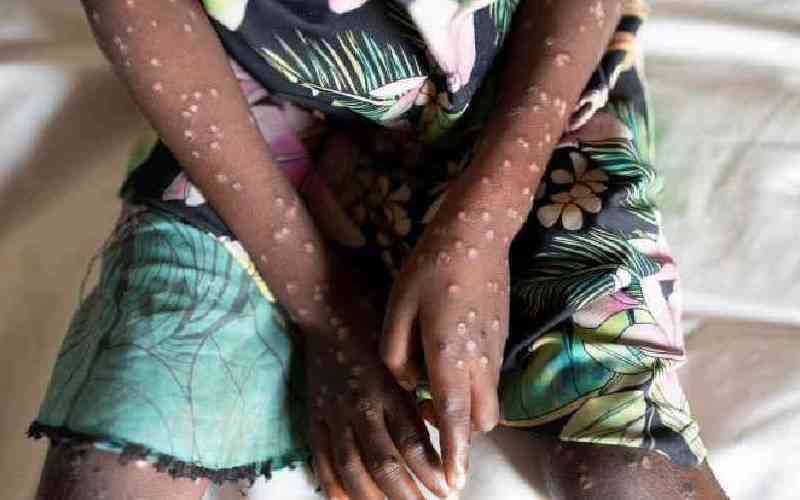Teeth in animals are tools for getting hold (prehension), grinding or chewing food. Animals also use their teeth together with the tongue to groom their bodies.
In some cases, animal teeth are used in defence. But to a farmer, teeth can also be used in telling the age of his stock. Due to their importance in feeding, dental problems easily cause trouble to virtually all body systems, making them a stopover point when doing disease diagnosis.
Livestock ageing is of key importance when selecting a breeding stock, as it indicates how profitable the animal will be based on the productive years ahead. In the market place, sellers will use all means to reduce the age of an animal with the aim of fetching a better price.
Typically, mammals will have at most four types of specialised teeth, namely the incisors, canines, premolars and molars in that order moving backwards in the oral cavity or mouth. Another classification of teeth puts them into temporary (milk or baby teeth) and permanent sets of teeth.
Milk teeth are the first set a young animal has. As the animal grows, the jaw expands and its diet and food demand changes, necessitating a stronger and sometimes more teeth. As such the milk teeth will give way to the permanent teeth.
Feeding system
How they are arranged, time of eruption and when the milk teeth give way to permanent ones differ from species to species.
Dentition or how teeth are arranged in ruminants is unique to their feeding system. The dental pad – that toothless hard part of the upper front jaw is unique to cattle, sheep and goats; all ruminants don’t have canine teeth. On the lower jaw front is a set of incisor teeth, eight in number.
The incisors are arranged in four pairs on the front left and right sides of the jaw. The first pair is called the central incisors (pinchers), the second and third pairs are called second and third intermediate incisors and the last pair is called the corner teeth. After the corner incisors there is a gap called diastema, followed by premolars and molars.
Incisors are used in ageing ruminants; the logic behind their use is based on eruption, periods, colour and wear as the animal grazes. The replacement of milk teeth with permanent teeth is sequential.
Calves are born with two central incisors on each half of the jaw, the rest erupt as the calf advances in age. By the time the calf is five to six months, all pairs of incisors will have erupted, making a total of eight milk teeth. Calves will have 20 teeth while mature cattle will have 32 teeth.
Because pastures are their major feed, they exert a lot of pressure on teeth and with time the teeth wear out, became shorter, loose and eventually drop off.
These milk teeth are whiter and smaller, with a neck that is not distinct. Permanent teeth on the other hand are broader and will have a distinct neck as the animal ages.
Although it takes a lot of practical experience, this is a skill every serious farmer should take time to master. So here is how you will use the following anatomical features to approximate the age of cattle:
At about 10 to 15 months the central and lateral milk teeth will show signs of wear. At one and half years all the milk teeth will have their upper surfaces flattened.
Stay informed. Subscribe to our newsletter
At two years the two central temporary are replaced by permanent teeth. At three years two intermediate incisors are replaced by permanent teeth.
At four years the corner incisors are replaced, and at this time the calf has all permanent teeth. At five to seven years the incisors will start having clear signs of wear on the upper biting surface on the central and first intermediate pairs of incisor teeth.
At eight to nine years the second intermediate pair of incisors wear out. An animal with worn-out corner incisor is aged approximately 11 and will soon be out of the reproductive cycle.
This method of ageing animals should be used alongside the farm records. Taking into consideration the texture of the feeds; hard fibrous feeds like in range lands may result in more wearing of teeth.
(Dr Othieno is a veterinary surgeon working with the Kenya Tsetse and Trypanosomiasis Eradication Council (KENTTEC)
 The Standard Group Plc is a
multi-media organization with investments in media platforms spanning newspaper
print operations, television, radio broadcasting, digital and online services. The
Standard Group is recognized as a leading multi-media house in Kenya with a key
influence in matters of national and international interest.
The Standard Group Plc is a
multi-media organization with investments in media platforms spanning newspaper
print operations, television, radio broadcasting, digital and online services. The
Standard Group is recognized as a leading multi-media house in Kenya with a key
influence in matters of national and international interest.
 The Standard Group Plc is a
multi-media organization with investments in media platforms spanning newspaper
print operations, television, radio broadcasting, digital and online services. The
Standard Group is recognized as a leading multi-media house in Kenya with a key
influence in matters of national and international interest.
The Standard Group Plc is a
multi-media organization with investments in media platforms spanning newspaper
print operations, television, radio broadcasting, digital and online services. The
Standard Group is recognized as a leading multi-media house in Kenya with a key
influence in matters of national and international interest.









